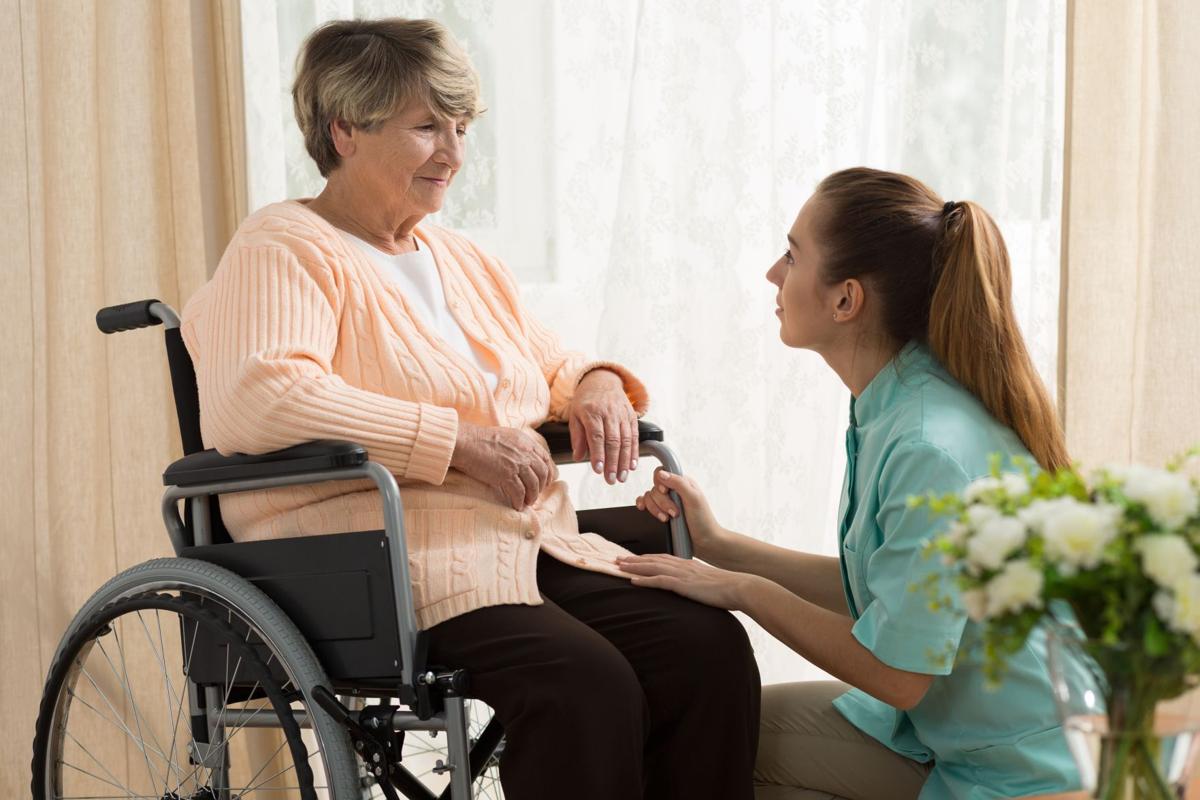Hospice care is for people who are nearing the end of life. Hospice care is a type of health care that concentrates on the palliation of a terminally ill patient’s pain and symptoms and attending to their emotional and spiritual needs at the end of life. Hospice care services are usually provided by a team of health care professionals whose priorities will be to provide comfort and quality of life to help reduce pain and suffering of the patients involved. By so doing, they also help to attend to their psychological, physical, social and spiritual needs. Hospice care also helps families provide counselling, respite care and practical support.
THE PRIMARY CAREGIVER
For a smooth and successful hospice care, the patient will be asked to pick someone to be his or her primary caregiver. A family member or close friend is usually picked to be the primary caregiver. The primary caregiver works with the hospice team and the patient to create a care plan based on the patient’s specific needs and preferences. The primary caregiver continues to be the main person to help make decisions for the patient throughout the length of the hospice care.
HOSPICE CARE TEAM
It is important to know those who make up the hospice care team. A hospice care team typically includes:
Doctors
A primary care doctor and a hospice doctor will supervise the hospice care. The patient gets to choose a primary doctor. This can be the patient’s previous doctor or a hospice doctor.
Nurses
Nurses will visit the home or other setting to provide care. They are also responsible for the coordination of the hospice care team.
Social Workers
Social workers will be there to provide counselling and support. They can also provide referrals to other support systems.
Pharmacists
Pharmacists provide medication oversight and suggestions regarding the most effective ways to relieve symptoms.
Home Health Aides
They are to provide extra support for routine care, such as dressing, bathing and eating.
Spiritual Counsellors
Chaplains, priests, lay ministers or other spiritual counselors are there to provide spiritual care and guidance for the entire family.
Bereavement Counsellors
Trained bereavement counsellors are to offer support and guidance after the death of a loved one in hospice
Volunteers
Trained volunteers are to offer a variety of services, including providing company or respite for caregivers and helping with transportation or other practical needs.
Other Professionals
Other professionals that can be needed to provide therapy are speech, physical and occupational therapists.
THE DIFFERENT LEVELS OF HOSPICE CARE
Patients in hospice care may need differing hospice levels of care, as the impact of disease progresses or their health condition worsens. These levels are:
ROUTINE HOME CARE
This hospice care is the most commonly practiced one. The service usually involves RN case managers, LPNs, home health nurse aides, social workers, community educators, spiritual care specialists, volunteers and more. The service is delivered in the patient’s place of residence, be it a private residence, assisted living facility, or nursing facility.
GENERAL INPATIENT CARE
This is typically for treating symptoms that cannot be managed through home care such as pain control or other acute symptom management. General inpatient hospice care can be provided in a few different places. Sometimes, in a Medicare certified hospital, hospice inpatient facility, or in a nursing facility. For many patients and their families, the most peaceful setting for this type of hospice care is in a free-standing hospice facility.
CONTINUOUS HOME CARE
This level of hospice care is far more intensive than routine home care and involves continuous care to manage a patient’s acute symptoms. These home care services must be mostly nursing care, supplemented with caregiver and hospice aide services to assist a terminally ill patient remain at home during a pain or symptom crisis.
RESPITE CARE
For patients being cared for at home or in an inpatient facility, some hospice services offer respite care to allow their primary caregivers or friends and families to take a break from caregiving. This allows families to attend to their own needs, like run errands, visit the doctor or take a vacation, while their loved one is being cared for in an inpatient setting. Respite care can be given in a maximum of five days.
CONCLUSION
The hospice philosophy helps the patients involved and their families accept death as the final stage of life. Hospice care helps provide comfort in times of pain to the person and treats symptoms of the disease, rather than treating the disease itself. The hospice team works together to make the patient’s last days filled with dignity and quality, while surrounded by their loved ones. Hospice care is also family-centered. It includes the patient and the family in making decisions.
REFERENCES


